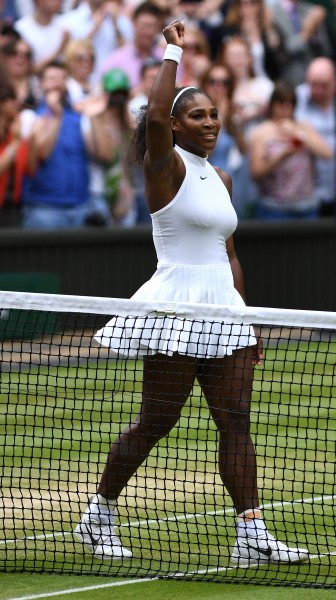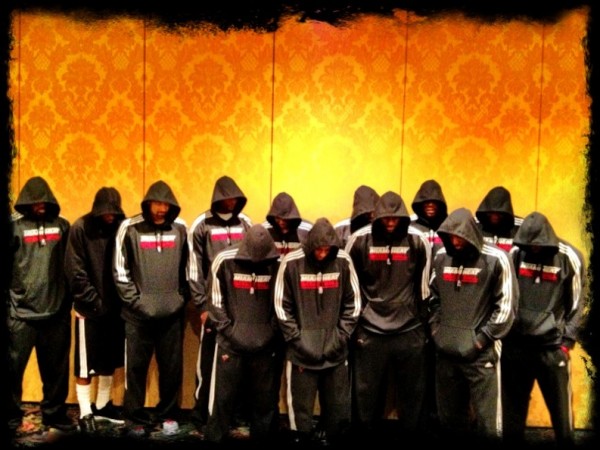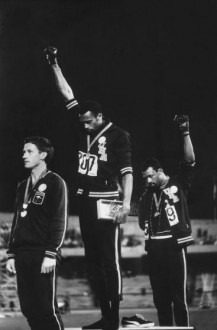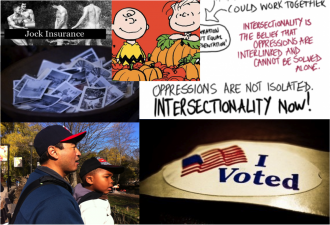
New & Noteworthy
We have a new ‘There’s Research on That’ by Forrest Lovette and John Purnell covering the value and role that Sociology has on society, Curriculum, Culture Wars, and Sociology in the Classroom. In response to Flordia’s efforts to de-legitimize the role of sociology in Flordia, this piece covers some research surrounding this recent anti-intellectual attack.
This week’s Clippings includes Caitlyn Collins on The Ezra Klein Show on how national policies, social support, and culture affect experiences of parenthood, The Harvard Crimson coverage of false allegations of plagiarism against Christina Cross, and Amin Ghaziani‘s latest book‘s, Long Live Queer Nightlife: How the Closing of Gay Bars Sparked a Revolution, coverage by The New York Times.
From the Archives
Long Island County in New York recently restricted a trans woman and roller derby player from playing. Read our recent TSP Special Feature by Chris Knoester covering sex discrimination against trans athletes.
MLB started last week with Shohei Ohtani capturing more headlines. Read some baseball sociology from Contexts to learn about some stats on MLB.
Behind the Scenes with TSP
ASA recently called for submissions on the value of sociology through a TikTok/Instagram contest. Last week, we brainstormed ideas and our fearless undergraduate board members have a number of ideas.
More from our Partners & Community Pages
Here are the latest must-reads from:
- the class politics of fine dining by Victor Ray, covering his experience and the intersection of luxury, exploitation, and class dynamics.
- learning curves by Sophie X. Liu covering research by Geoffrey T. Wodtke and colleagues that challenges the prevailing narrative that school quality is the primary determinant of neighborhood-based academic disparities.
Council on Contemporary Families
- Why Do So Many Christian Colleges and Universities Maintain Gendered Residence Life Policies? by Jessica Schachle-Gordon, Gabby Gomez, Jonathan S. Coley, and Dan Morrison on residence life policies at many U.S. Christian colleges and universities – rooted in conservative, cisnormative, and heteronormative beliefs, paradoxically create environments that may cause the things they aim to avoid.






